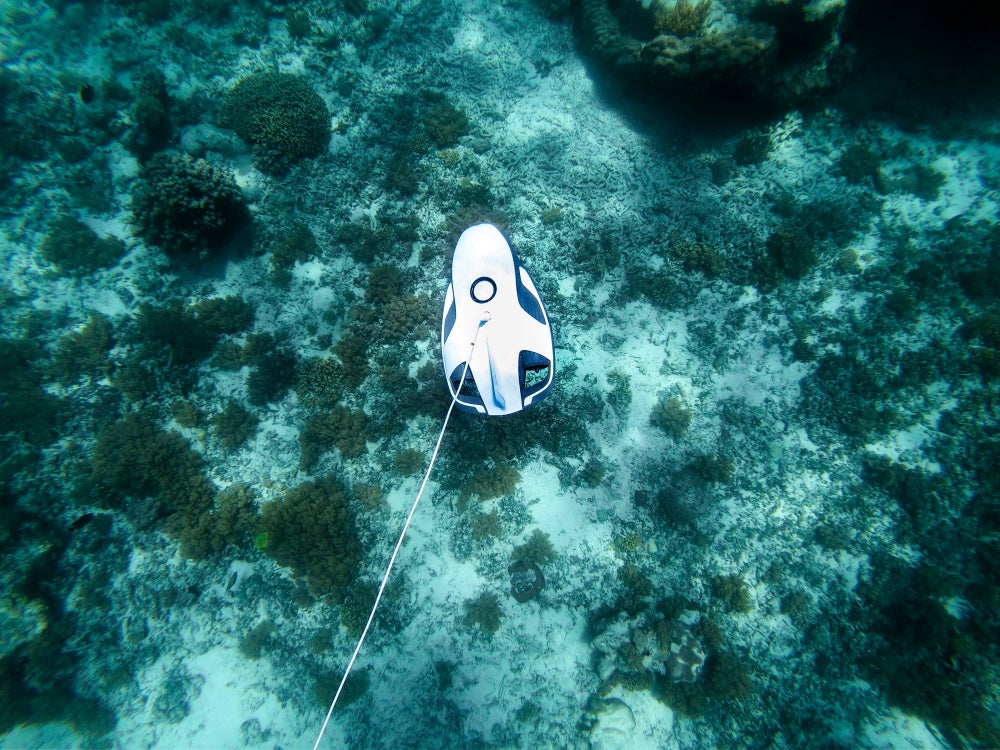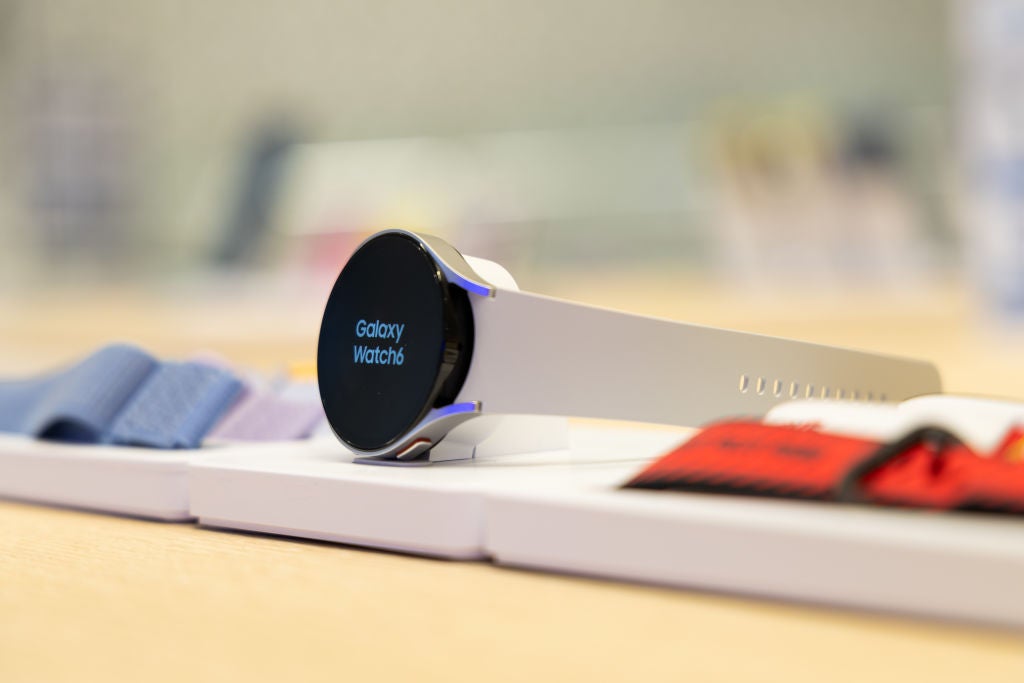Tobii has been granted a patent for an eye tracking device that adjusts the size and shape of a foveated region on a display based on a user’s gaze. The device determines the fixation position and continuously adjusts the foveated region as the user’s gaze changes. The patent also includes a wearable computing device with a display and graphics processing device. GlobalData’s report on Tobii gives a 360-degree view of the company including its patenting strategy. Buy the report here.
According to GlobalData’s company profile on Tobii, Metaverse display interfaces was a key innovation area identified from patents. Tobii's grant share as of September 2023 was 51%. Grant share is based on the ratio of number of grants to total number of patents.
Eye tracking device for adjusting foveated region on display
A recently granted patent (Publication Number: US11714487B2) describes a wearable computing device that utilizes eye tracking technology to enhance the user experience. The device includes a display device that presents a graphical user interface and a graphics processing device that indicates the user's fixation position on the interface. The content on the interface is presented based on a foveated region associated with the fixation position, which is determined using gaze data generated by an eye tracking device.
The processing device of the wearable computing device determines the first location of the fixation position on the graphical user interface and sets the foveated region based on this location. It also determines a second location of the fixation position when there is a change in the user's gaze and modifies the setting for the foveated region accordingly. The setting for the foveated region, which includes the size, shape, and positioning, is continuously adjusted based on the smooth pursuit of the fixation position between the first and second locations.
Additionally, the processing device takes into account the distance between the fixation point and the edge of the graphical user interface to determine the setting for the foveated region. If the distance is smaller than a threshold value, the size or shape of the foveated region may change. The wearable computing device may also include a Fresnel lens or a lens, and the edge distance threshold value may be defined based on the Fresnel step or the field-of-view on the graphical user interface through the lens.
The patent also describes how the wearable computing device can present content at different pixel resolutions based on its location within or outside the foveated region. Content within the foveated region is presented at a higher resolution, while content outside the region is presented at a lower resolution. Furthermore, the device can provide indications of improvements in the portion of content within the foveated region compared to the remaining portion, such as increased resolution, shading quality, texture mapping quality, and more.
Overall, this patent showcases a wearable computing device that leverages eye tracking technology to optimize the presentation of content on a graphical user interface. By dynamically adjusting the foveated region based on the user's gaze, the device aims to enhance the user experience and provide improved visual quality for specific areas of interest.
To know more about GlobalData’s detailed insights on Tobii, buy the report here.
Premium Insights
From

The gold standard of business intelligence.
Blending expert knowledge with cutting-edge technology, GlobalData’s unrivalled proprietary data will enable you to decode what’s happening in your market. You can make better informed decisions and gain a future-proof advantage over your competitors.






